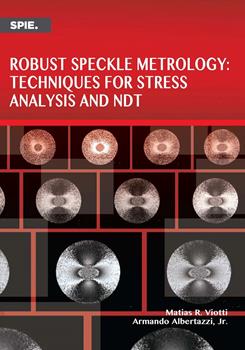|
The usual way to evaluate the integrity of structural parts of machines, buildings, vehicles, aircraft, etc., is based on strength-of-material calculations. This methodology is efficient provided that the component loads are known qualitatively and quantitatively. As explained in Chapter, problems occur when loads are unknown or when they are estimated from a determined model. Previously, the risk of overloading was outlined by using safety coefficients, thus generating oversized parts in most cases. However, the aeronautical industry demands light parts, and thus safety margins are stretched considerably. Industry generally uses design strategies that demand saving material for economical reasons (lower costs) and for weighting. In order to satisfy safety requirements and provide adequate service life for the mechanical component, the material stresses must be correctly known. Consequently, the accurate measurement of service stresses is necessary under operational conditions.
The quantity used to evaluate structural parts is the mechanical stress present in the material. Mechanical stresses are virtually impossible to determine under operational conditions.1 However, a practical method based on a discovery by Robert Hooke can be used for the experimental determination of material stresses. Hooke’s discovery found a relationship between stresses and their resulting deformations. These deformations, called strains, also occur on the surface of the object, making them accessible for measurement and allowing for assessment of their associated mechanical stress field.
|


